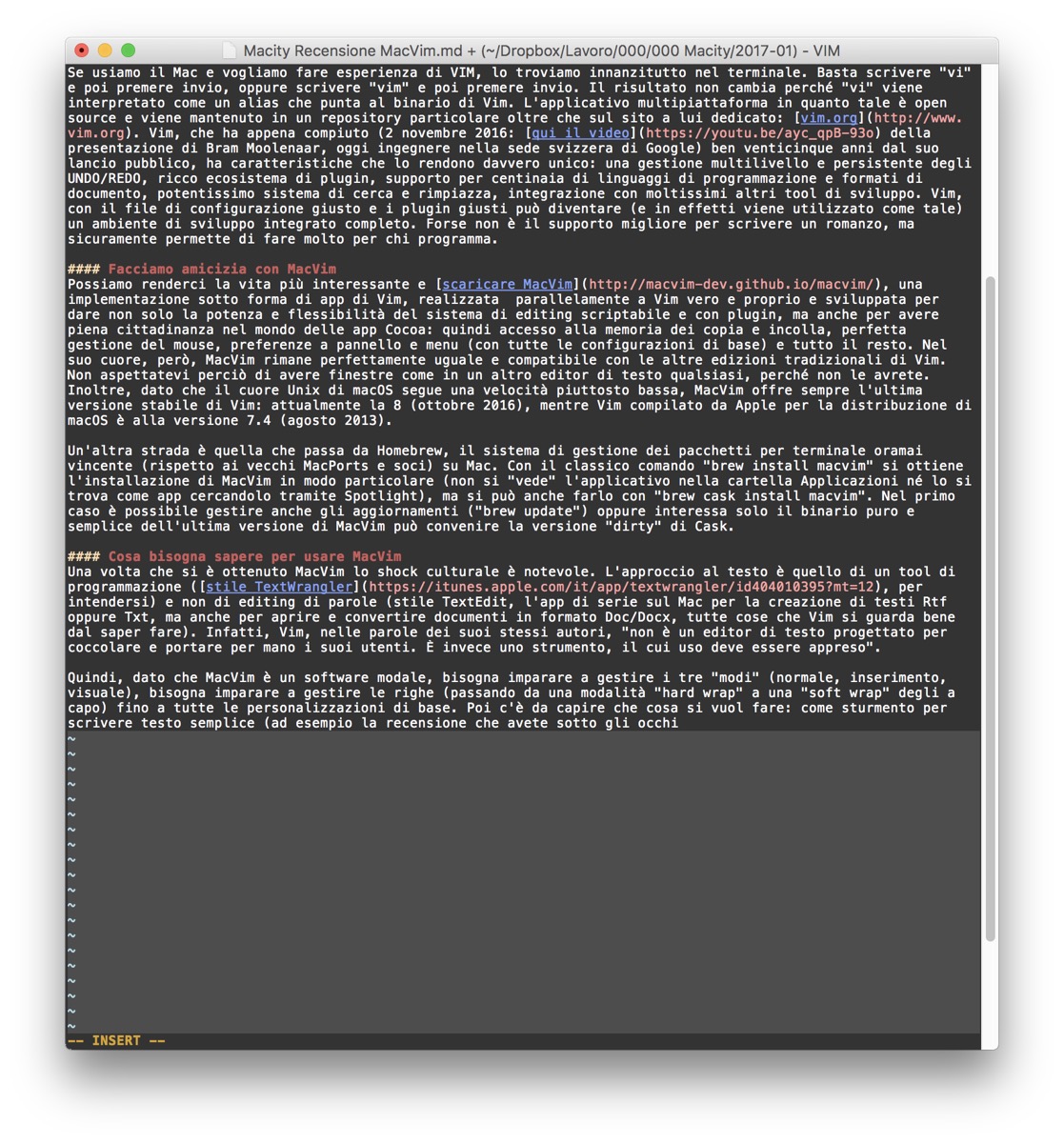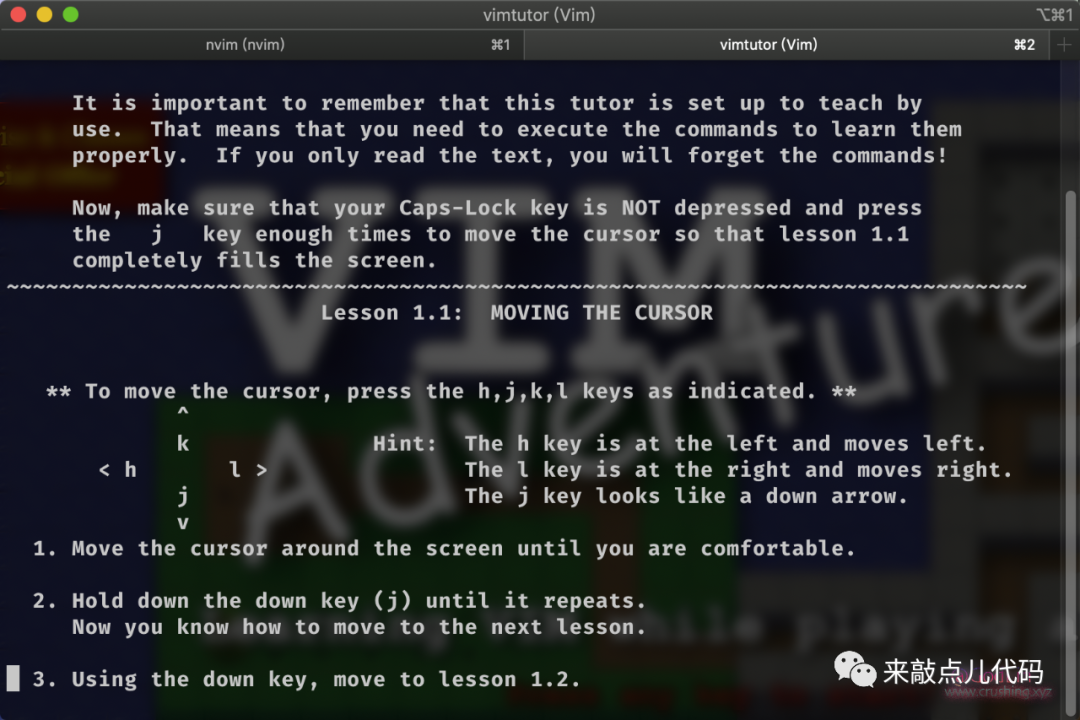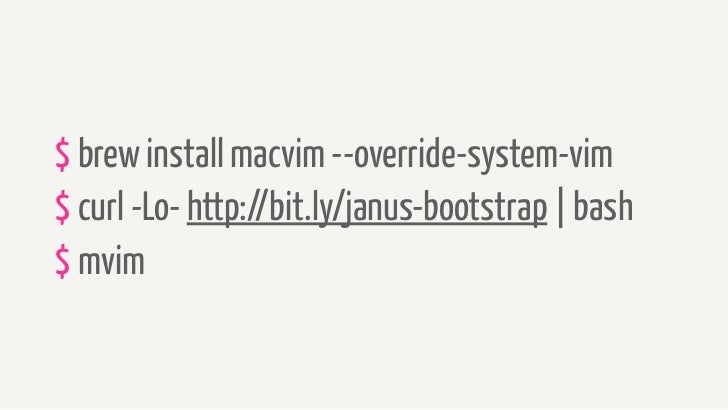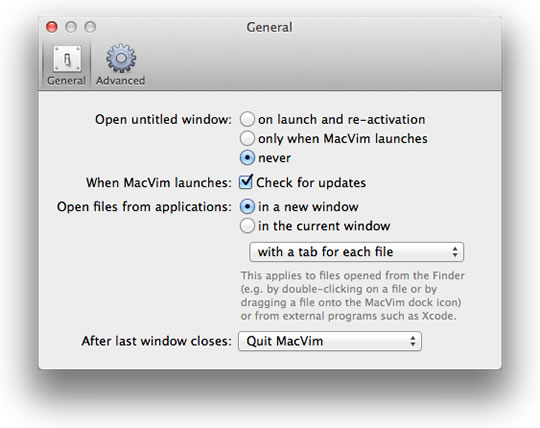

- #Conda install macvim how to#
- #Conda install macvim archive#
- #Conda install macvim software#
- #Conda install macvim code#
- #Conda install macvim license#
#Conda install macvim code#
Vim includes support (syntax highlighting, code folding, etc) for several popular programming languages (C/C++, Python, Perl, shell, etc).Vim has been ported to a much wider range of OS’s than vi.Here are a few of my favorite Vim features: Vim only worked in the shell until 1996,when the first GUI interface made it’s debut. Vim is licensed under GPL as an open source program. The goal was to build an Amiga compatible text editor to edit source code.

In 1991 Bram Moolenaar started to work on Vim.
#Conda install macvim how to#
We will explore the concept of modes and how to use them, in this tutorial.Īfter a few years, other editions began to appear, the most famous one bding Vim which is short for “Vi Improved”. Vi is regarded as an addition to ex which had only 2 of vi‘s current modes.
#Conda install macvim license#
Licensed, of course, under the license with the same name as the operating system (the BSD license). Vi appeared in 1976, written by Bill Joy which for the BSD operating system. ex is short for “EXtend”, as it adds some features to ed and to make it simpler. ed is regarded as one of the oldest text editors ever, as well as the first to implement the concept of Regular Expressions.Īfter a short period, the “ex” text editor appeared. We will explore the basics of Vim in this tutorial, and there will be another one for using Vim in Ruby on Rails development which will be published soon.īefore the appearance of the UNIX, the text editor “ed” appeared, written by Ken Thompson in 1971. Today, I hope to help you on the path of learning Vim. Vim has been around for decades, and offers many advantages and efficiencies, provided you are willing to learn it. (Imagine having to keep all of these updated and working compatibly with one another on your computer! This is the true utility of a conda environment it takes care of this for you.Vi/Vim is one of the most popular editors in the programming community. These are all the packages that conda installed to get NCO on my computer. This is an example for the ncl_stable environment.
#Conda install macvim software#
For NCO and other fairly specific software packages, conda will typically need the conda-forge channel. For packages with nothing under the “Channel” column, they were installed using the defaults channel. This conveniently lists the packages installed in the current environment, their version and build information, and the channel used to install them. To see which channels were used to install your conda packages, type conda list. Note the -c in -c conda-forge means “channel.” What this does is tells conda to look in the “conda-forge” channel (which hosts a broader range of user-created packages and unofficial versions of packages within the defaults channel). You can name them anything you like, though.

I like to use the _stable suffix because it helps me mentally separate an environment related to NCO from the language itself. To create these environments yourself (base is the default, so no need to make that), follow the steps below. conda environmentīasmap (assuming you have cartopy in your base environment) I’ve learned the setup below works best for me. You could get away with combining some of them into the same one below (and I encourage you to try, because you’ll learn a lot about conda when you run into issues and have to resolve them). I typically keep at least four separate environments on a machine (in addition to the default), described below. That’s at least what I did, and I was able to finish projects that I had started with basemap but start new ones in cartopy. The solution: Install a separate cartopy environment to get used to it, and once you feel confident, change your base environment to cartopy and create a basemap_stable environment for basemap-specific tasks. Its replacement is officially cartopy, but when you try to install them both, their packages can conflict. For example, if you use basemap for plotting maps, you may have heard it’s being retired in the next couple years (see also this discussion). Installing an environment is also a great way to make the switch to a new Python library or package without breaking your installation for all your current scripts. This tells me that I currently only have a base environment, and it’s installed on my home directory at /Users/baird/miniconda3.

Vcv076219:python-for-climate-scientists baird$


 0 kommentar(er)
0 kommentar(er)
